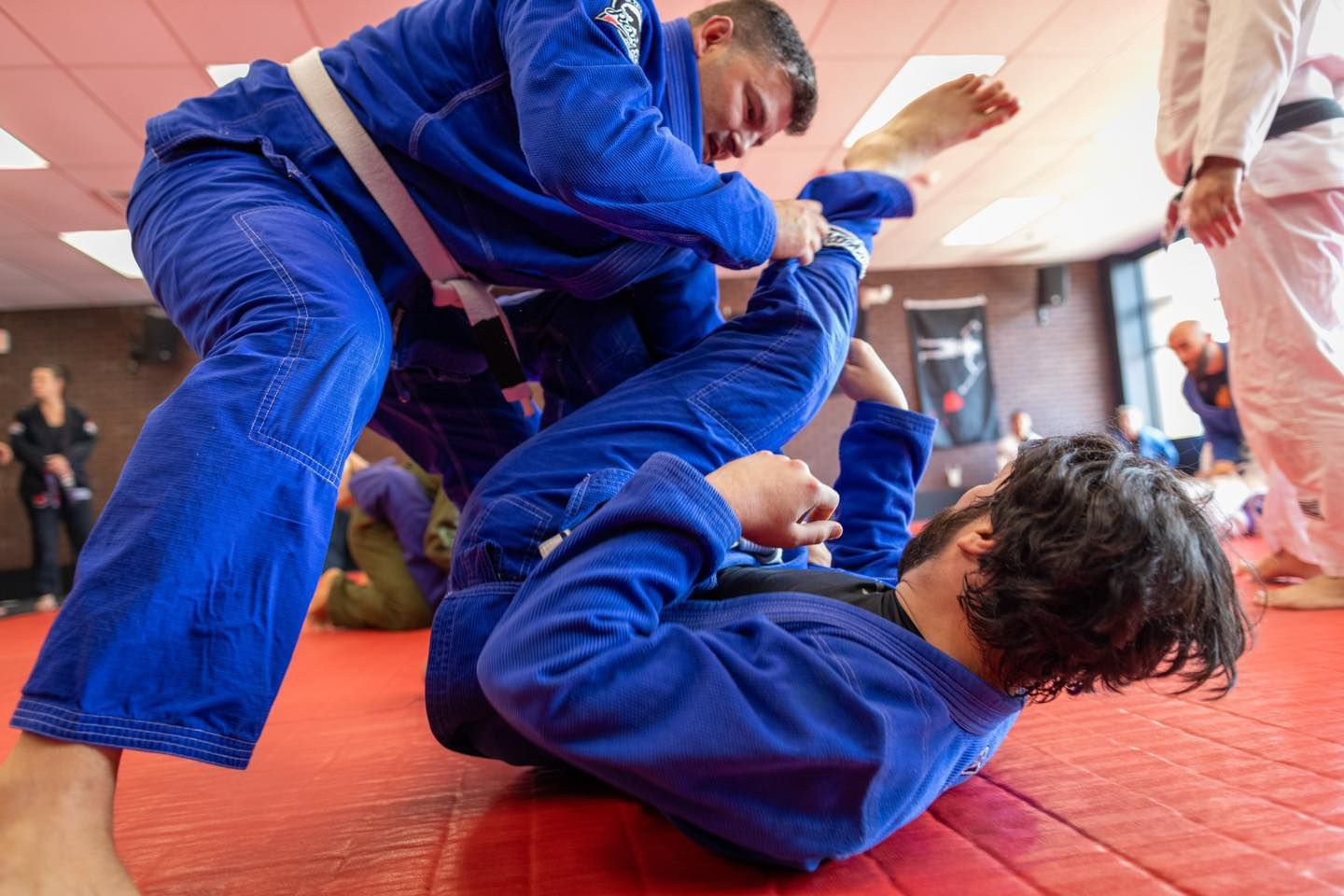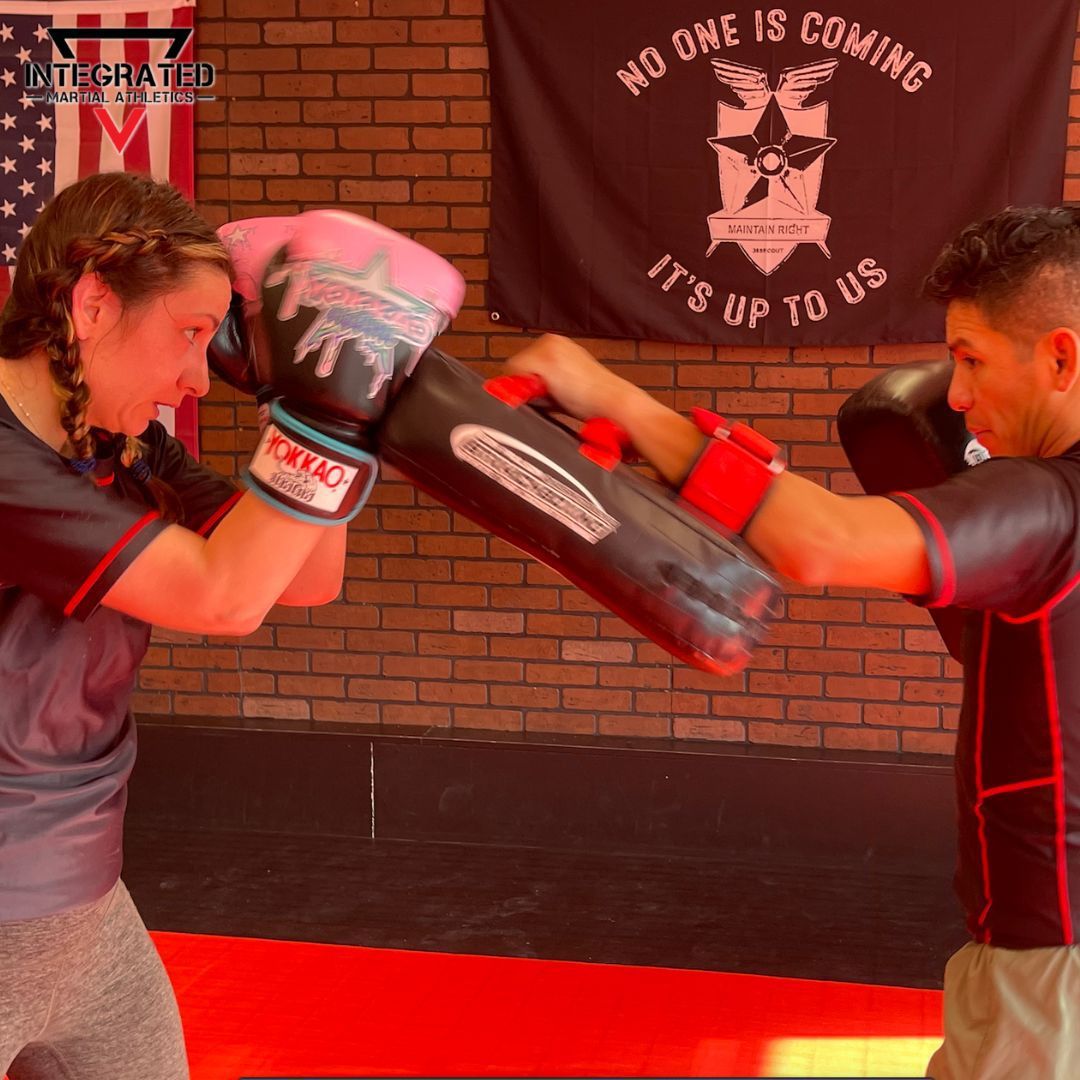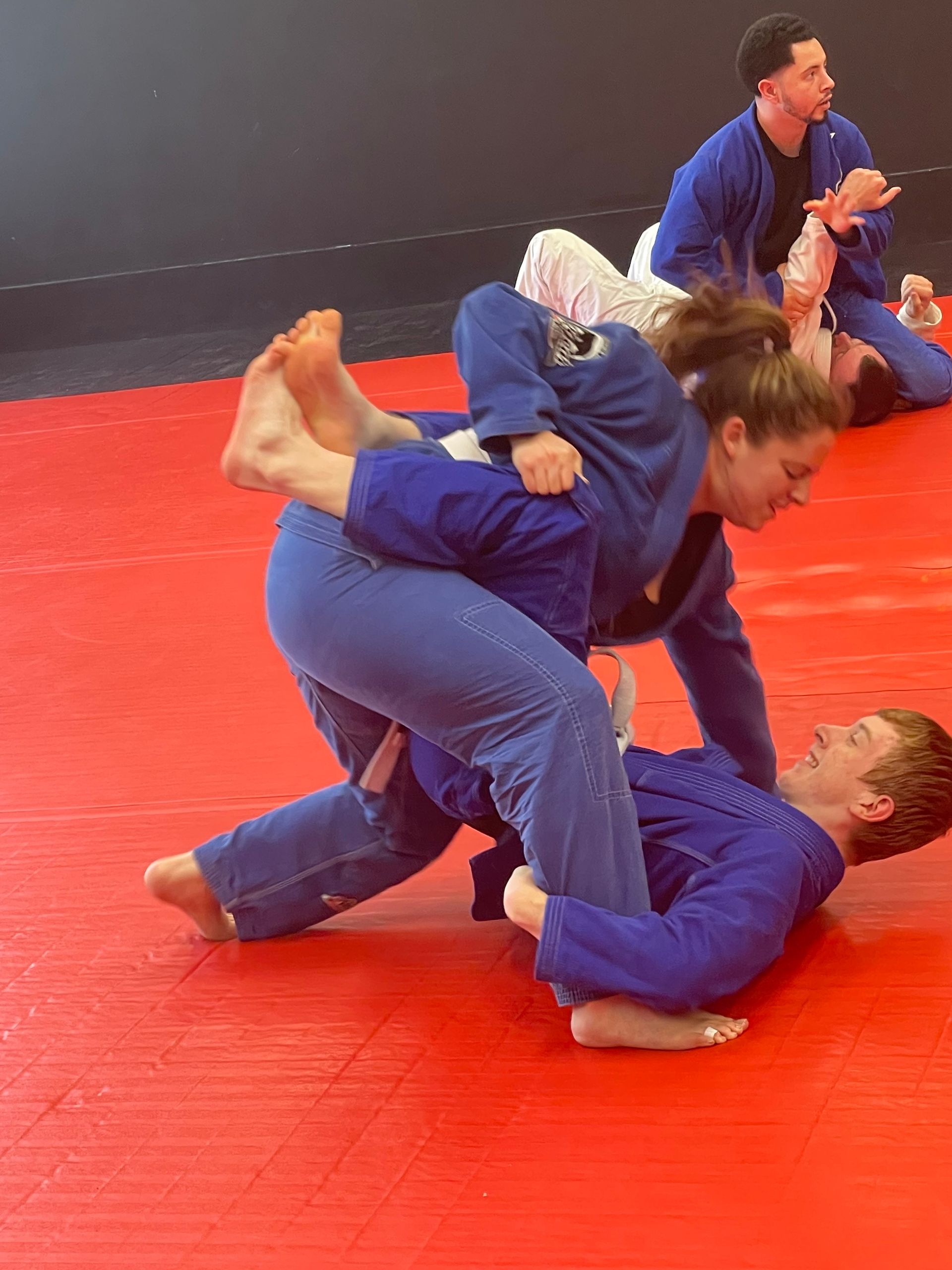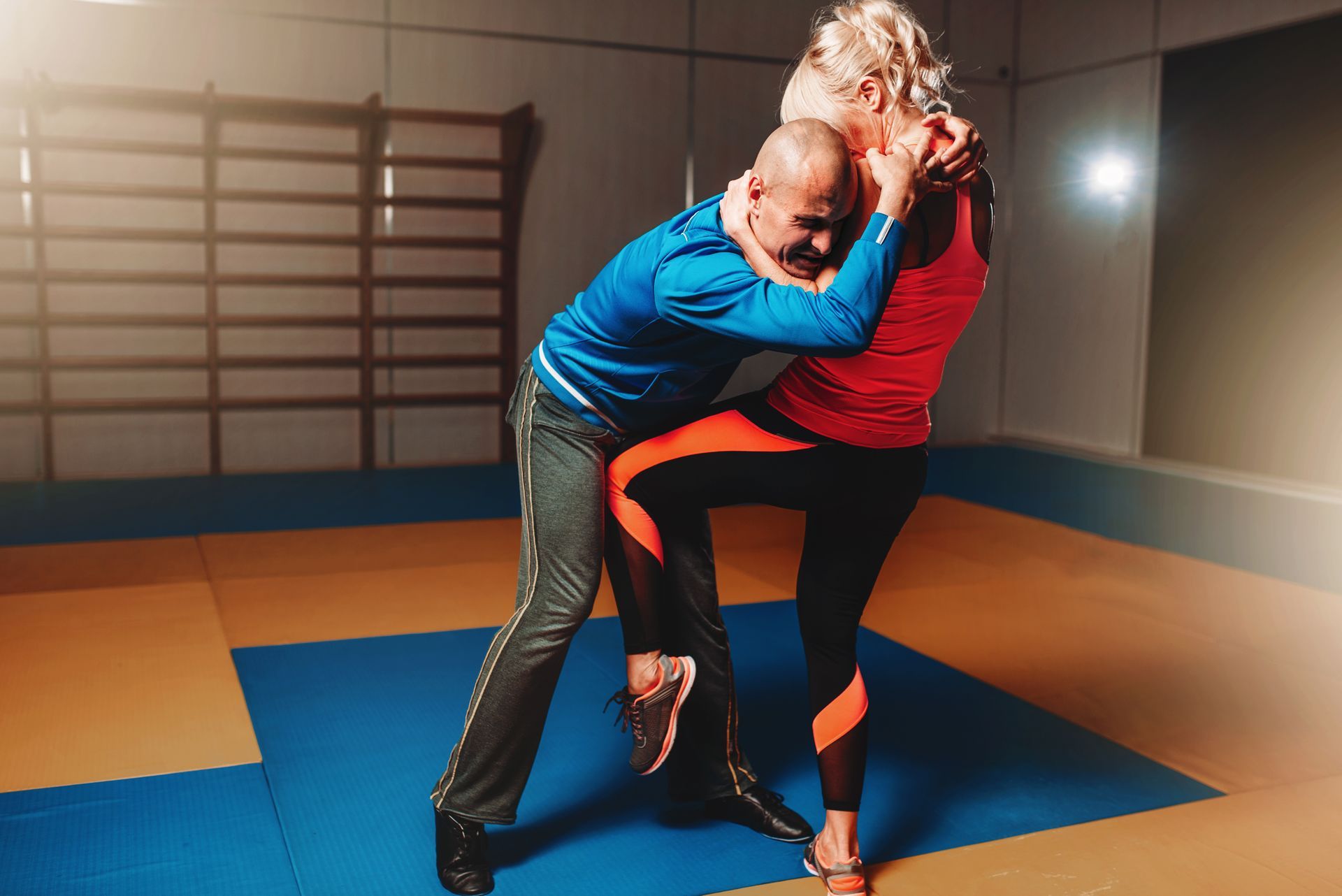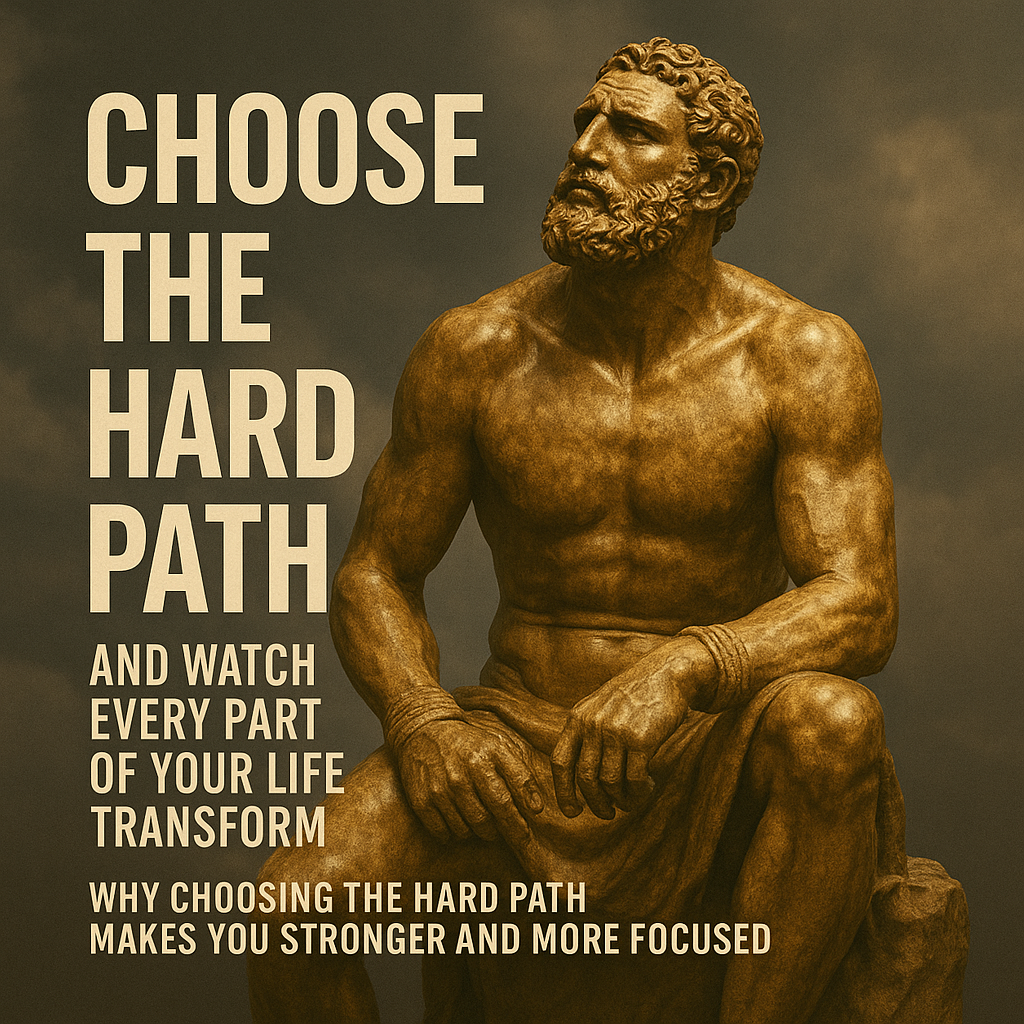How to Spot Danger Before It Spots You — The Mindset That Keeps You Alive
Spot Danger Before It Spots You: Street Awareness & Combat Mindset
Alright Tribe — let’s get real.
Violence doesn’t care who you are. It doesn’t care if you’re nice, fit, spiritual, or just got your kids in the car. It doesn’t knock. It doesn’t ask. It shows up random, ugly, and uninvited. If you’re not mentally ready, you’re already behind.
Most people live in a fantasy: “That won’t happen to me.”
That mindset? It’ll get you killed.
The Reality of Readiness
Here’s the truth: when real fear hits — your system dumps adrenaline, your vision tunnels, and your brain wants to freeze. Unless you've trained your mindset, that fear controls you.
You want to be the one in control. That’s why we’re here.
What we’re building today is a mindset framework — a readiness matrix that trains you to spot danger before it spots you. This is the foundation of your self-defense mindset— the mental discipline that allows you to stay calm, focused, and effective when threats appear.
We’re not talking paranoia here. We’re talking situational awareness. The ability to stay aware, manage your emotions, and make clear decisions under stress.
Here’s the roadmap:
1. We’ll break down
Cooper’s Color Code — the backbone of situational awareness.
2. Then we’ll apply it to two tactical tools: the PADE cycle and Boyd’s OODA Loop.
3. Finally, we’ll stack it all into a system — so you can build daily habits and stay ready.
Stick with me to the end. You’ll walk away with a
Force Escalation Ladder you can memorize in 30 seconds and apply under stress. No fluff. Let’s go.
1. Cooper’s Color Code: The Mental Readiness System
Cooper’s Color Code isn’t about tactics. It’s not about gear. It’s about your mental state — and it’s one of the most effective tools for building a real-world combat mindset.
Colonel Jeff Cooper — Marine, firearms instructor, and one of the godfathers of the combat mindset — created this system to manage awareness levels before a threat becomes a fight.
This system is also one of the best tools for developing situational awareness — it teaches you how to stay present, scan your environment, and shift gears as needed.
The Colors:
White – Unaware
Headphones in. Nose in your phone. Zoned out. This is where most victims live. If something jumps off in this state, you’re toast.
Yellow – Relaxed Alert
You’re casually scanning. You’re aware of exits, people, vehicles. Not paranoid — just switched on. You’re present.
Orange – Focused Alert
Something’s not right. Maybe it’s a guy loitering by the door. Maybe it’s a car that’s circled the block twice. An anomaly triggered your radar.
Red – Committed
You’ve decided: *“If this crosses that line, I act.”* This is the trigger point. It’s not action yet — but you’ve set the threshold.
Black – Action
The fight is on. No hesitation. You execute what you’ve already decided.
**Key Point:** This isn’t about being paranoid — it’s about managing your situational awareness so you’re mentally ready without living in fear.
2. PADE Cycle: Turn Awareness Into Action
Now let’s connect the Color Code to PADE (pronounced *PAID*) — Perceive, Analyze, Decide, Execute.
Where Cooper’s Code helps manage awareness, PADE gives it direction. It’s a structured process* for moving from observation to action — a key part of building your combat mindset.
Perceive = Yellow
You're in scanning mode. Watching people. Noticing vehicles. Mapping exits. You’re not obsessing — you’re just tuned in.
Analyze = Orange
You’ve spotted something off. Now you test it. Is that guy loitering... or just waiting for an Uber? Is that car casing you... or just lost?
Decide = Red
You draw the line. “If he moves toward me, I cross the street.” “If that car turns again, I change direction.” You’ve made a mental commitment.
Execute = Black
Trigger is tripped. No hesitation. You leave. You confront. You engage. You act.
Most people live in the “hope it goes away” phase. PADE connects your situational awareness to your self-defense mindset — turning what you notice into what you do.
3. OODA Loop: Outthink and Outmove the Threat
Now let’s take it deeper with Boyd’s OODA Loop — Observe, Orient, Decide, Act.
Where PADE is linear, OODA is adaptive. It’s a loop you run constantly — especially under pressure. And it’s a core part of any flexible self-defense mindset.
Air Force Colonel John Boyd developed this to help fighter pilots survive dogfights. The guy was a beast. His concept applies to street violence just as well.
Observe = Yellow/Orange
You’re scanning and spotting anomalies. Same as Cooper’s Yellow and Orange.
Orient = Orange
You put context around what you’ve seen. “Does this behavior match the environment?” “Why is that guy standing there when everyone else is moving?”
Orientation is where judgment lives. And if your worldview is jacked — if you're in denial or naive — you’ll misread the threat.
Decide = Red
You pick your move. Create distance. Redirect. Call for help. Pull your tool. This is your mental trigger.
Act = Black
Do it. Then loop back to Observe. Situations evolve. You need to evolve with them.
Why It Works:
The faster you run your loop, the more you get inside your opponent’s decision cycle. That’s the fight before the fight. That’s how you disrupt their plan and take control of the timeline.
This is a key element of a high-functioning combat mindset — and why adaptability under pressure must be trained, not guessed.
4. How They Work Together
Let’s stack the system:
* Cooper’s Color Code gives you the mental state.
* PADE gives you a linear process to make a decision.
* **OODA gives you a continuous loop to adapt and outpace the threat.
Together, they form a real-world, usable combat mindset:
> Situational awareness → Decision → Action → Adaptation
When you train these together, you develop not only sharper situational awareness but also a decisive, resilient self-defense mindset that works under real pressure.
Training Note:
You don’t rise to the occasion. You fall to your level of training.
That’s why we train for pre-programmed responses. So when chaos hits, your brain isn’t asking, “What should I do?” — it’s executing what it already rehearsed.
5. The Force Escalation Ladder
You don’t always need to throw hands. But you do need a clear escalation path when things go sideways. Here’s the Force Escalation Ladder — memorize it.
1. Mouth and Feet
Your voice and your feet are your first tools. Use them. Speak loud. Move. Create space.
2. Mouth, Hands, Feet
Now it’s physical. Hands up, managing distance. Still talking — still trying to de-escalate. But now you’re ready to control.
3. Mouth, Hands, Feet, Primary
If lethal force becomes necessary, your primary tool (firearm, etc.) enters the equation. You’re still mobile. Still using your voice. Still staying in control.
4. Primary Fails, Tertiary
If the primary fails — malfunction, out of reach, empty — you go to backup: blade, impact tool, improvised weapon. This is last-ditch, but it needs to be trained.
You always start at the lowest rung — but be ready to climb fast.
The time to decide what you’re willing to do is now — not mid-fight.
6. Final Thoughts: Be Honest. Train Real.
You don’t need to be a black belt or carry a gun to live this. What you do need is honesty of effort.
Be real with yourself. Are you training? Are you preparing? Or are you pretending?
Everyday awareness is a skill. Practice it in traffic. At the store. Walking to your car. Turn your brain on. Build your self-defense mindset before you need it.
Because when the fight comes to you, it’s too late to start thinking.
Stay Dangerous, Tribe.
If this helped, share it. Post it in your training group. Forward it to someone who needs it.
Mindset is contagious — *spread the one that saves lives.
👊 Connect With Me & Train Further:
- 📺 YouTube: Integrated Martial Athletics
- 🔥 Exclusive Content & Training: Patreon.com/CoachChuck
- 📸 Instagram: Integrated Martial Athletics | Coach Chuck
- 👍 Facebook: Integrated Martial Athletics
👉 Don’t just read about it — train it, live it, and be ready.
Stay sharp, stay aware, and I’ll see you on the mat.
—
Coach Chuck Giangreco
Integrated Martial Athletics
“Readiness is a lifestyle.”

